AI was the key that unlocked these brain “neighborhoods.” They could also light the way to curing disorders like Alzheimer’s.


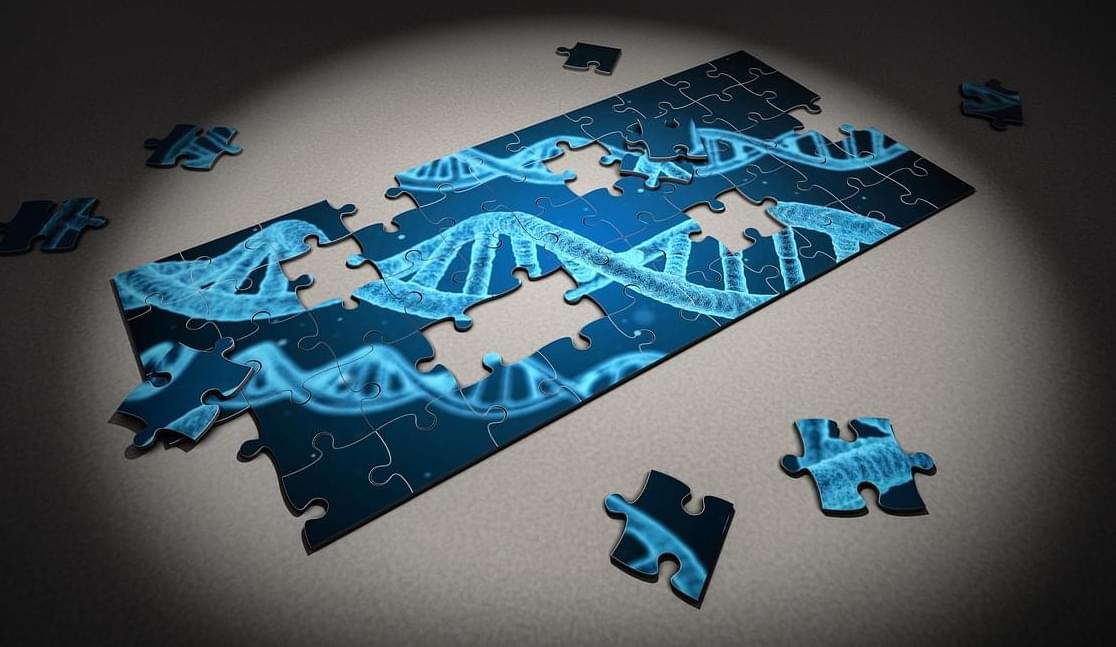
Neuroblastoma RAS viral oncogene homolog (NRAS)-mutant melanoma is an aggressive form of skin cancer that develops because of a RAS genetic mutation within the cells. It is a common mutation in melanoma and accounts for 15–20% of melanoma diagnoses. An individual has greater risk of melanoma when exposed to the sun for extended periods of time. Additionally, individuals may have family history of melanoma that would increase their risk. It is important to regularly visit the dermatologist to confirm pigmented or non-pigmented moles are not cancerous. To evaluate each mole doctor’s access the change in shape, color, size, and unusual growth as time progresses.
Melanoma, specifically the NRAS subtype, can grow rapidly and spread to other areas of the body. Symptoms may also include change in nail appearance, eye issues, and mouth sores. While dependent on the stage of cancer, treatment usually includes drugs that target the NRAS pathway. Immunotherapeutic approaches include a checkpoint inhibitor treatment that activates immune cell response. Other forms of treatment include surgery and combination therapy. Scientists are working to learn more about NRAS melanoma and how to develop better treatments. Recent work has shown particular promise of treating NRAS melanoma in the lab and clinic.
A recent article in Cancer Immunology Research, by Dr. Keiran Smalley and others, demonstrated that blocking the RAS pathway in NRAS-mutated melanoma cells limit tumor growth and expansion. Smalley is a Professor and Scientific Director in the Donald A. Adam Comprehensive Melanoma Research Center of Excellence at Moffitt Cancer Center. His work focuses on understanding melanoma and the immune response after therapeutic treatment. In addition, Smalley is interested in using computational biology and other techniques to not only assess therapeutic benefit but develop novel treatments specific to mutated melanoma cells.
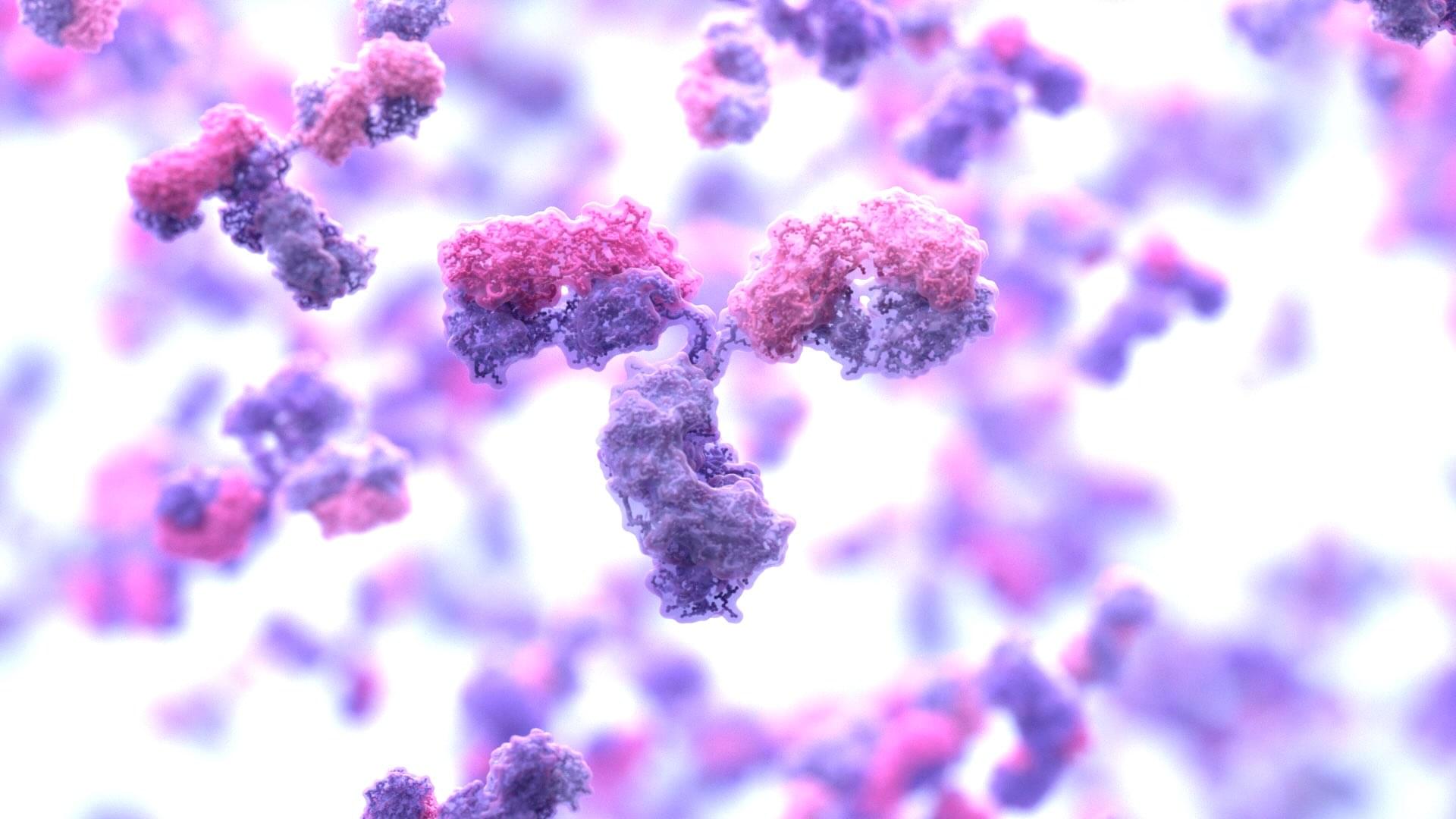
Researchers from Nobel Laureate David Baker’s lab and the University of Washington’s Institute for Protein Design (IPD) have used artificial intelligence to design antibodies from scratch — notching another game-changing breakthrough for the scientists and their field of research.
“It was really a grand challenge — a pipe dream,” said Andrew Borst, head of electron microscopy R&D at IPD. Now that they’ve hit the milestone of engineering antibodies that successfully bind to their targets, the research “can go on and it can grow to heights that you can’t imagine right now.”
Borst and his colleagues are publishing their work in the peer-reviewed journal Nature. The development could supercharge the $200 billion antibody drug industry.



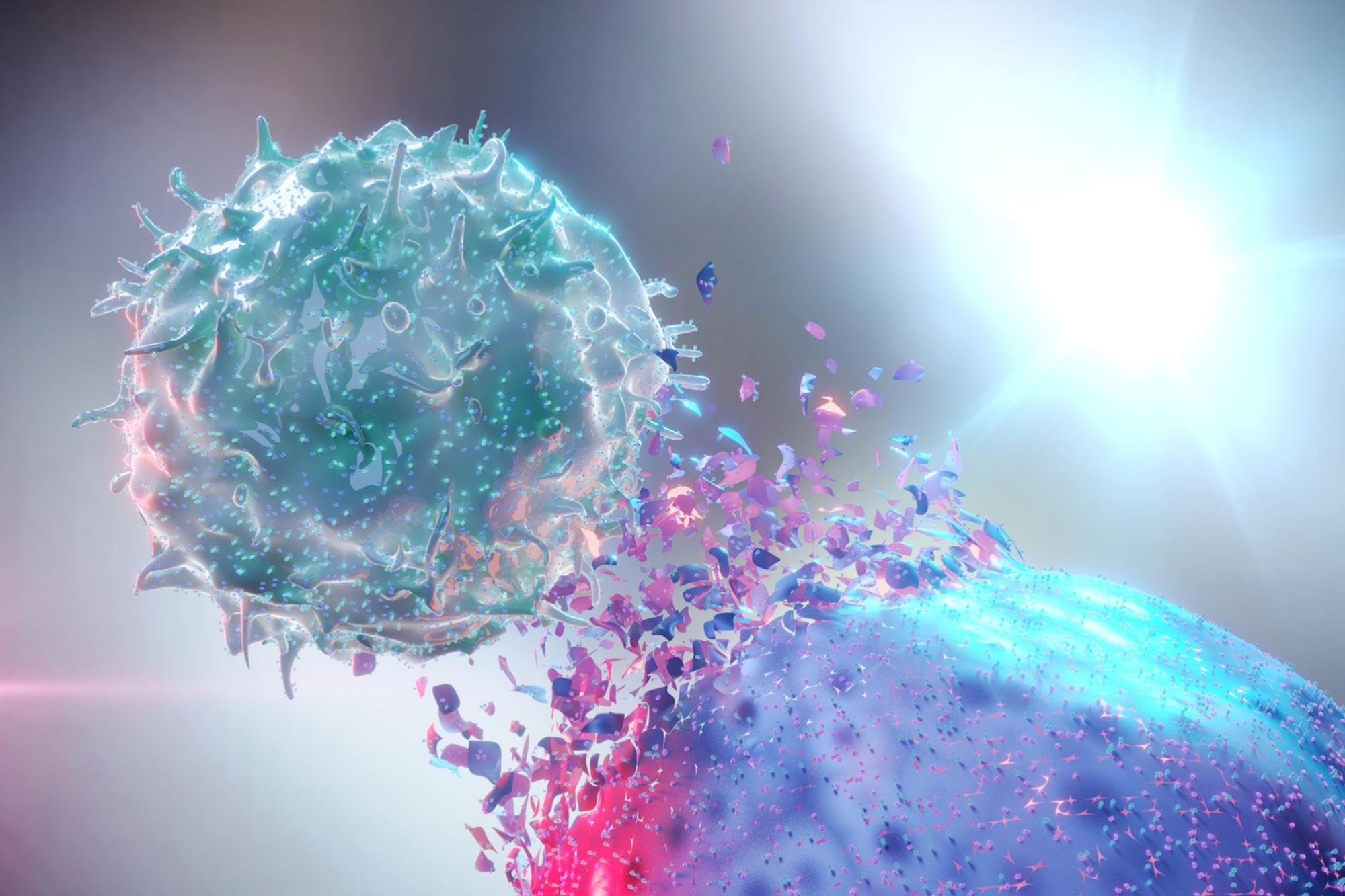
Scientists at UBC Okanagan have revealed how plants create mitraphylline, a rare natural substance that shows potential for fighting cancer.
Mitraphylline is part of a small family of plant molecules known as spirooxindole alkaloids. These compounds are distinguished by their complex “twisted” ring structures and are recognized for powerful biological effects, including anti-tumor and anti-inflammatory activity.
Until recently, researchers did not know the precise molecular process plants use to form spirooxindoles. That mystery began to unravel in 2023 when Dr. Thu-Thuy Dang’s team in the Irving K. Barber Faculty of Science identified the first plant enzyme capable of twisting a molecule into the distinctive spiro shape.

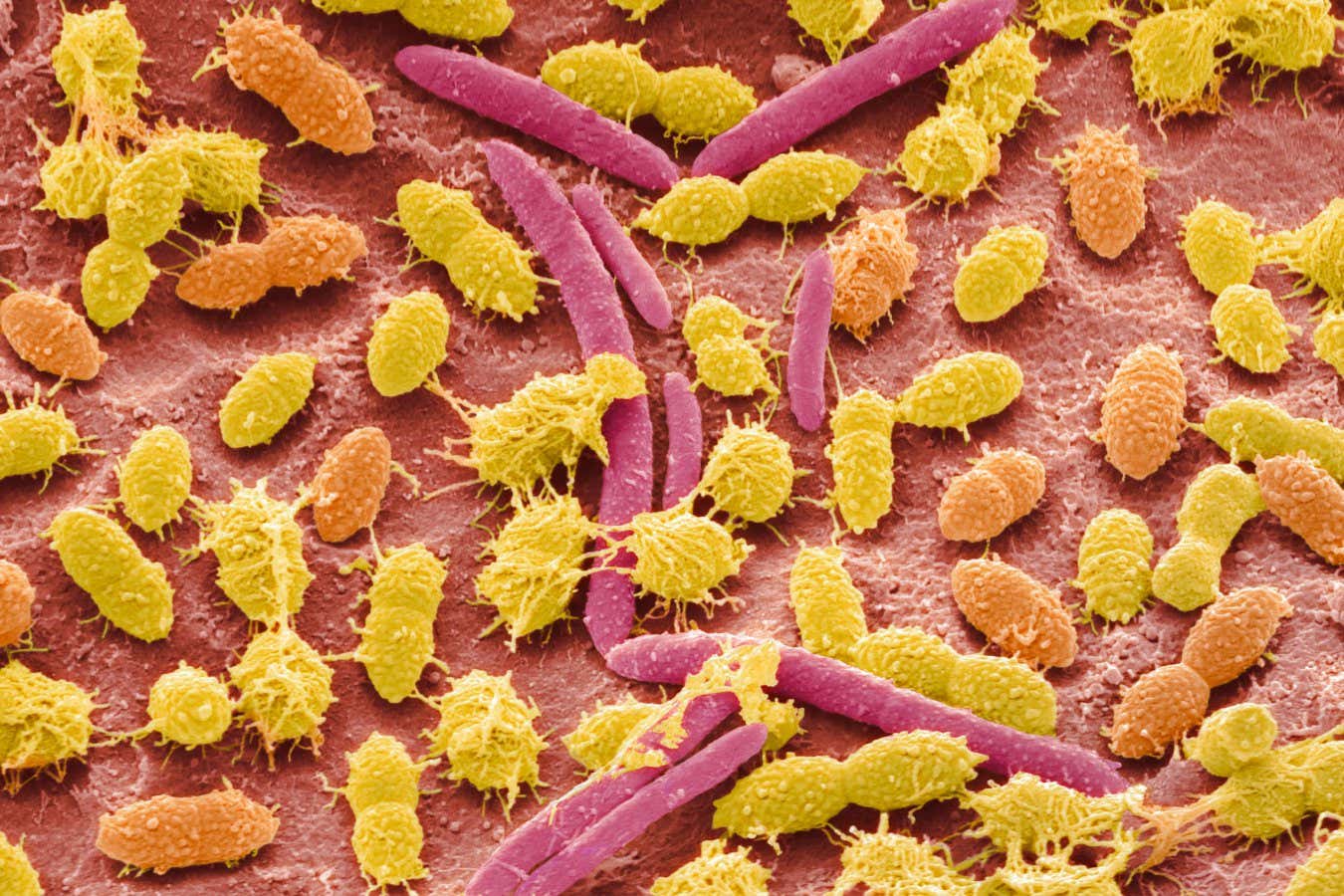
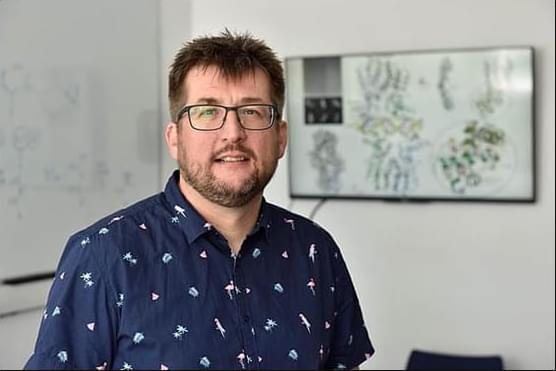
Chemists from the University of Warwick and Monash University have discovered a promising new antibiotic that shows activity against drug-resistant bacterial pathogens, including MRSA and VRE.
Antimicrobial resistance (AMR) is one of the world’s most urgent health challenges, with the WHO’s new report showing there are ‘too few antibacterials in the pipeline’. Most of the ‘low-hanging fruit’ has already been found, and the limited commercial incentives deter investment in antibiotic discovery.
In a new study published in the Journal of the American Chemical Society, researchers from the Monash Warwick Alliance Combatting Emerging Superbug Threats Initiative have discovered a promising new antibiotic — pre-methylenomycin C lactone. The newly discovered antibiotic was ‘hiding in plain sight’ – as an intermediate chemical in the natural process that produces the well-known antibiotic methylenomycin A.